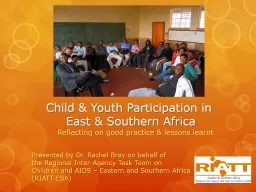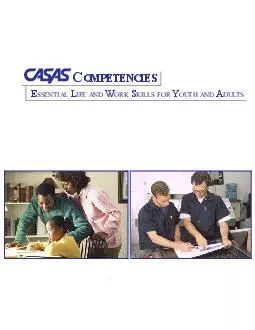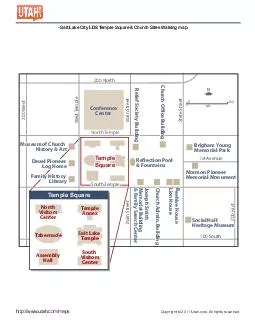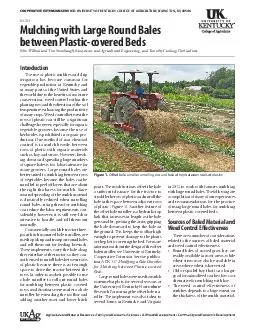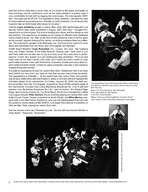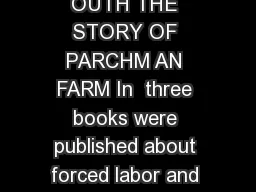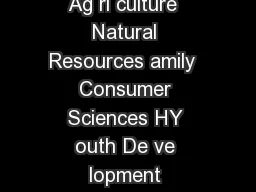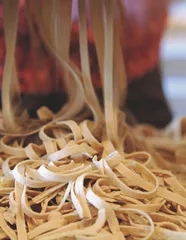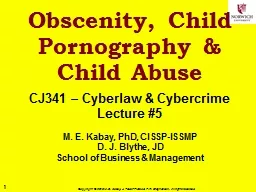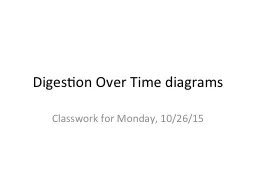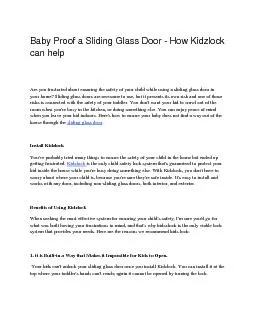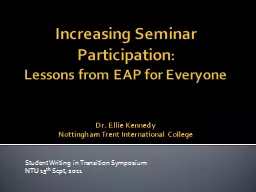PPT-Child & Y outh P articipation in
Author : greyergy | Published Date : 2020-06-30
East amp Southern Africa Reflecting on good practice amp lessons learnt Presented by Dr Rachel Bray on behalf of the Regional InterAgency Task Team on Children
Presentation Embed Code
Download Presentation
Download Presentation The PPT/PDF document "Child & Y outh P articipation in" is the property of its rightful owner. Permission is granted to download and print the materials on this website for personal, non-commercial use only, and to display it on your personal computer provided you do not modify the materials and that you retain all copyright notices contained in the materials. By downloading content from our website, you accept the terms of this agreement.
Child & Y outh P articipation in: Transcript
Download Rules Of Document
"Child & Y outh P articipation in"The content belongs to its owner. You may download and print it for personal use, without modification, and keep all copyright notices. By downloading, you agree to these terms.
Related Documents

